
Amber Dance
Freelance science journalist

Freelance science journalist
Amber Dance, Ph.D., an award-winning freelance science journalist based in Southern California, co-authors the Center's Health Divide column. She also contributes to publications including PNAS Front Matter, The Scientist, and Nature. She also edits books on a variety of topics.
After earning a doctorate in biology, Amber Dance re-trained in journalism as a way to engage her broad interest in science and share her enthusiasm with readers. She mainly writes about life sciences, with particular expertise in microbiology, cell biology, neuroscience and lab techniques.

Also in this week's roundup: Some states raise benefits despite Medicaid unwinding.

Also this week: Has the much-reported rise in U.S. maternal mortality been exaggerated?

A new study finds that providing low-income people with $400 a month in no-strings cash resulted in fewer visits to the emergency department.
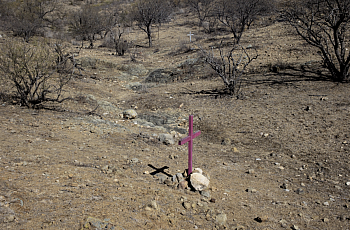
Heat wave endangers migrants, prisoners of color
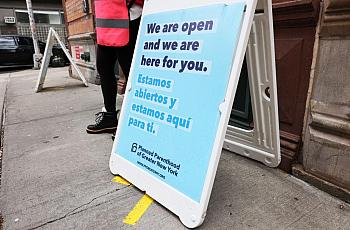
Fourteen states now have total or near-total bans. Yet the recorded number and rate of abortions is the highest it’s been in a decade.
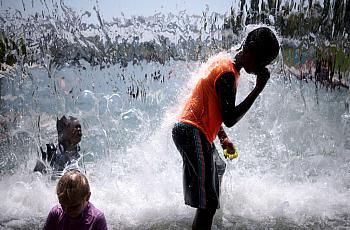
Deaths of despair among Black people tripled from 2015-2022, surpassing white rates. Also this week: Efforts to reduce medical debt and Pew generates controversy in survey on Black Americans’ views on health care.
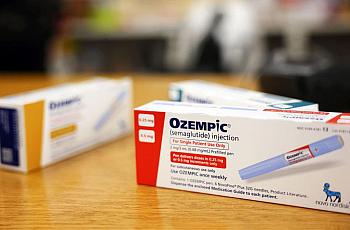
Also this week: Advocates urge changes to tissue donation rules for gay men, and families of color struggle to get cystic fibrosis diagnoses for newborns.
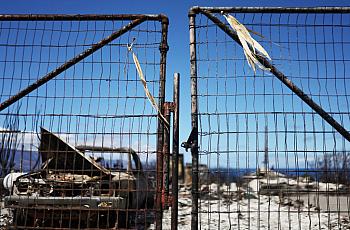
Also this week: Cancer inequities narrow, but more work is needed; and disabled people lose services during Medicaid unwinding.

This week: Task force advises mammograms at 40 for women; rural living raises death risk; HHS fights disability discrimination and courts support LGBTQ+ rights.
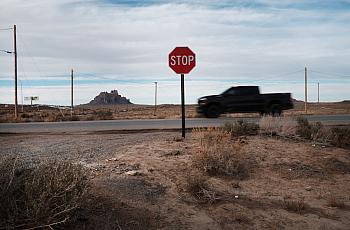
Also this week: Social and economic factors take more than a decade off Native American life expectancy.